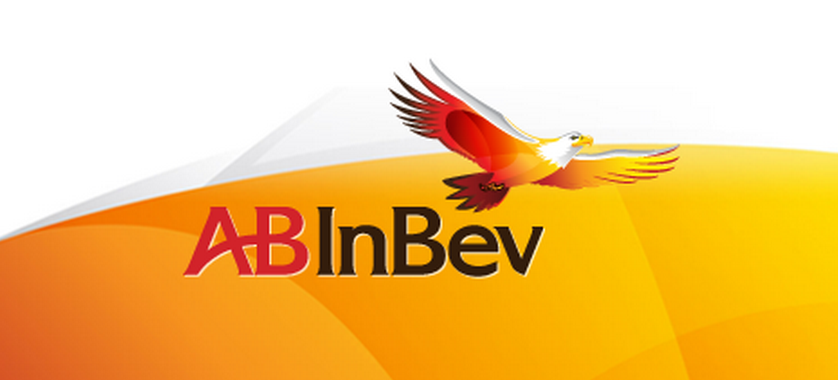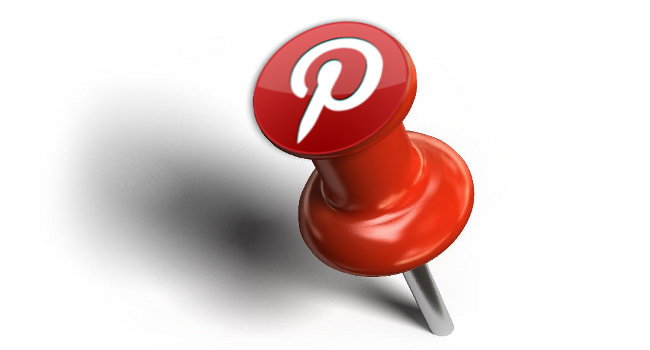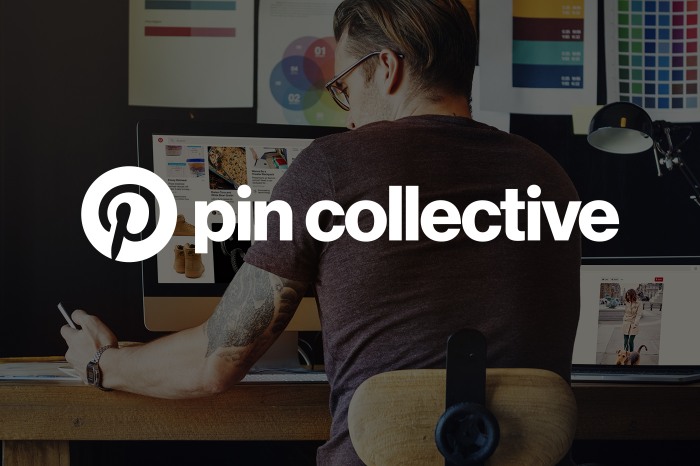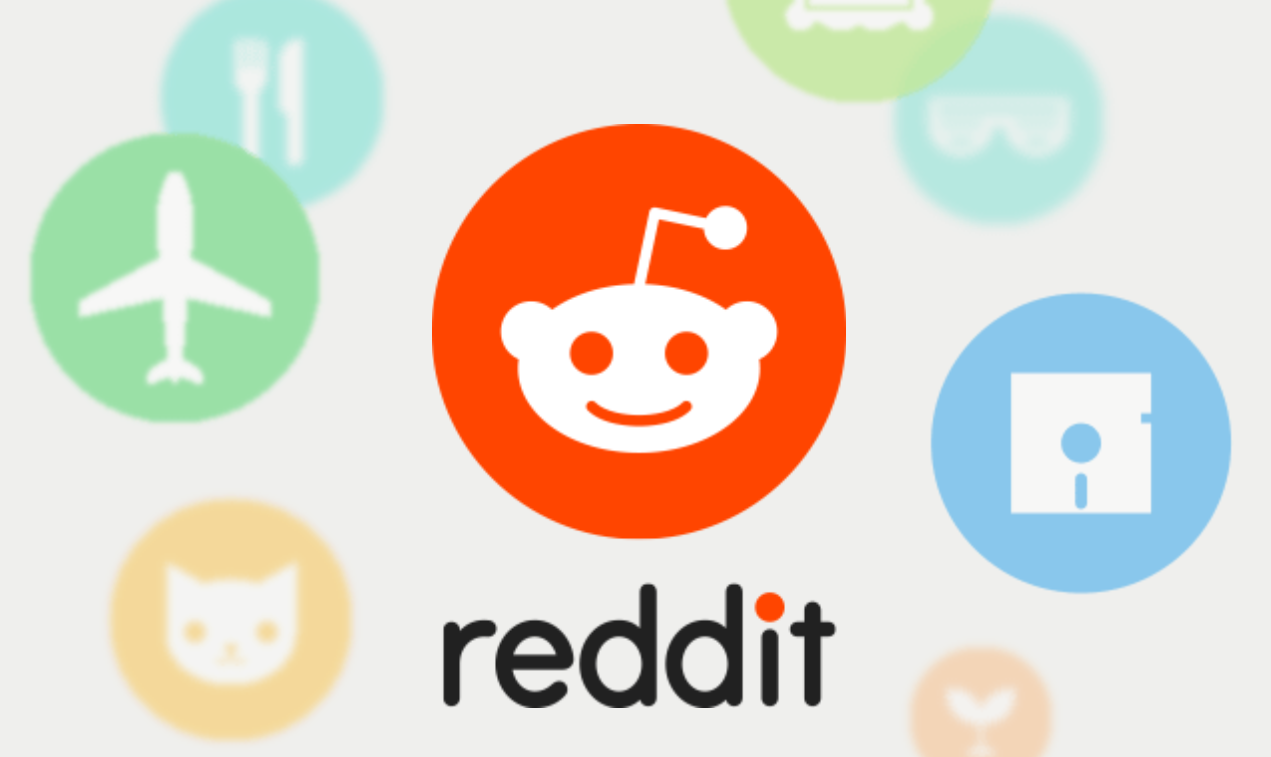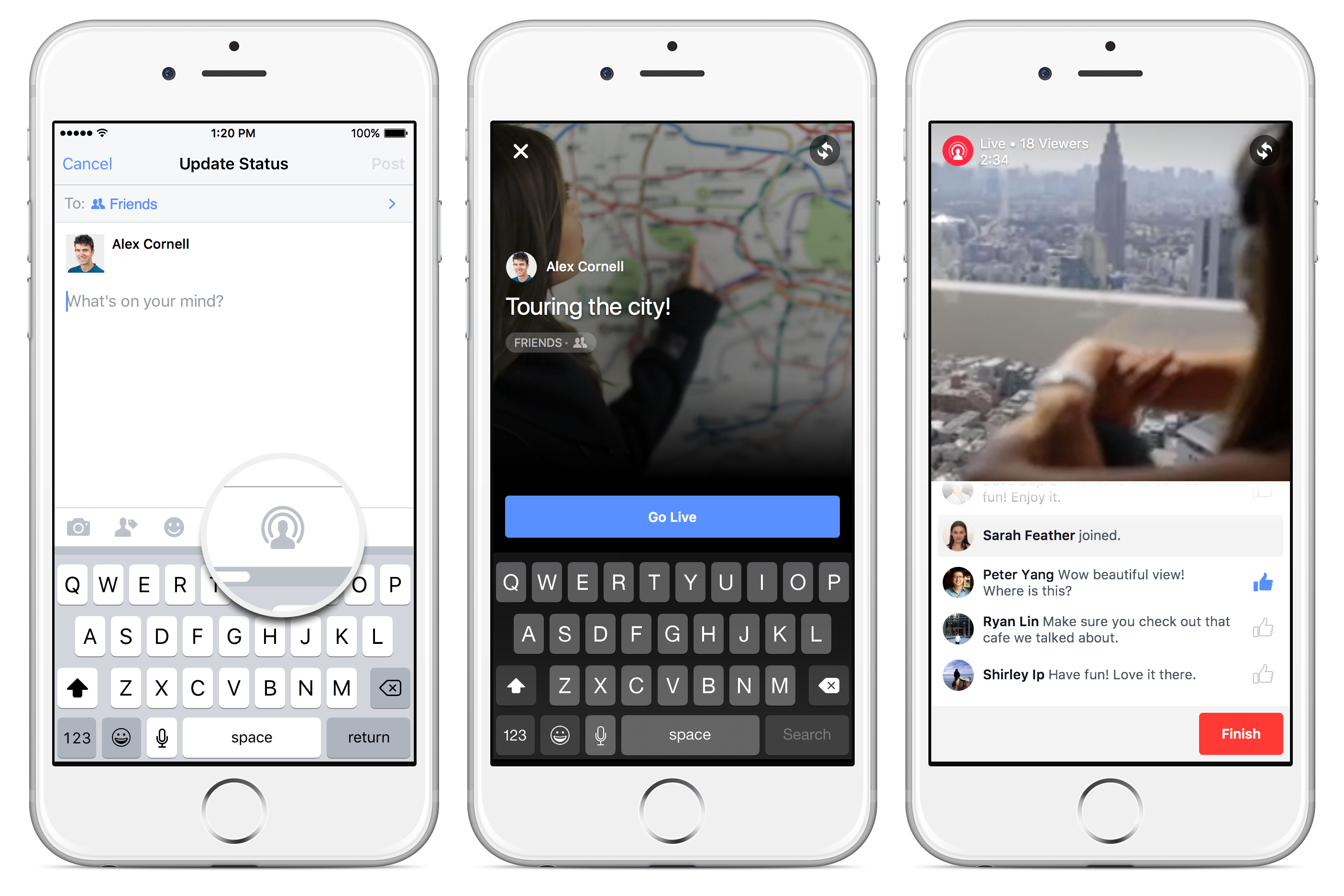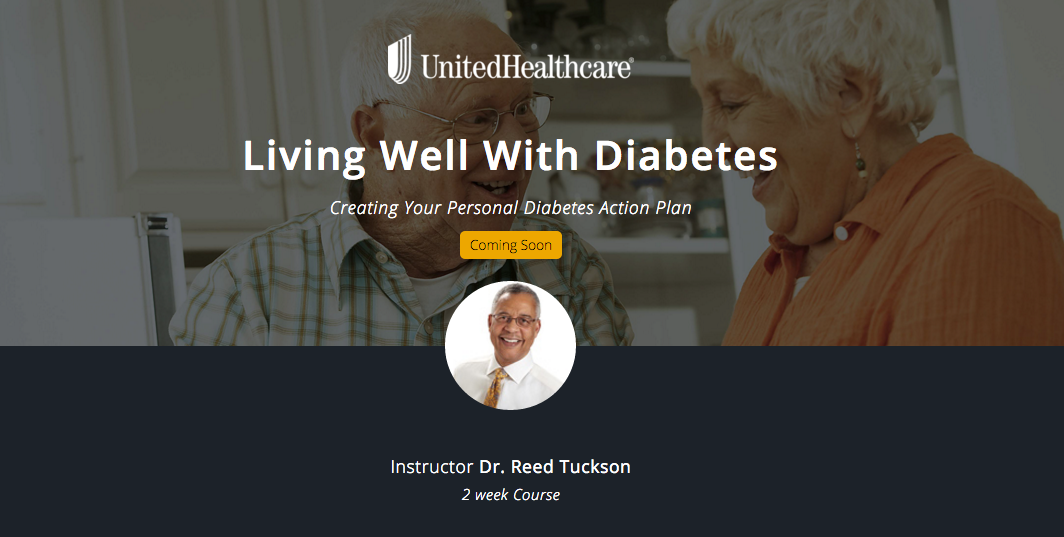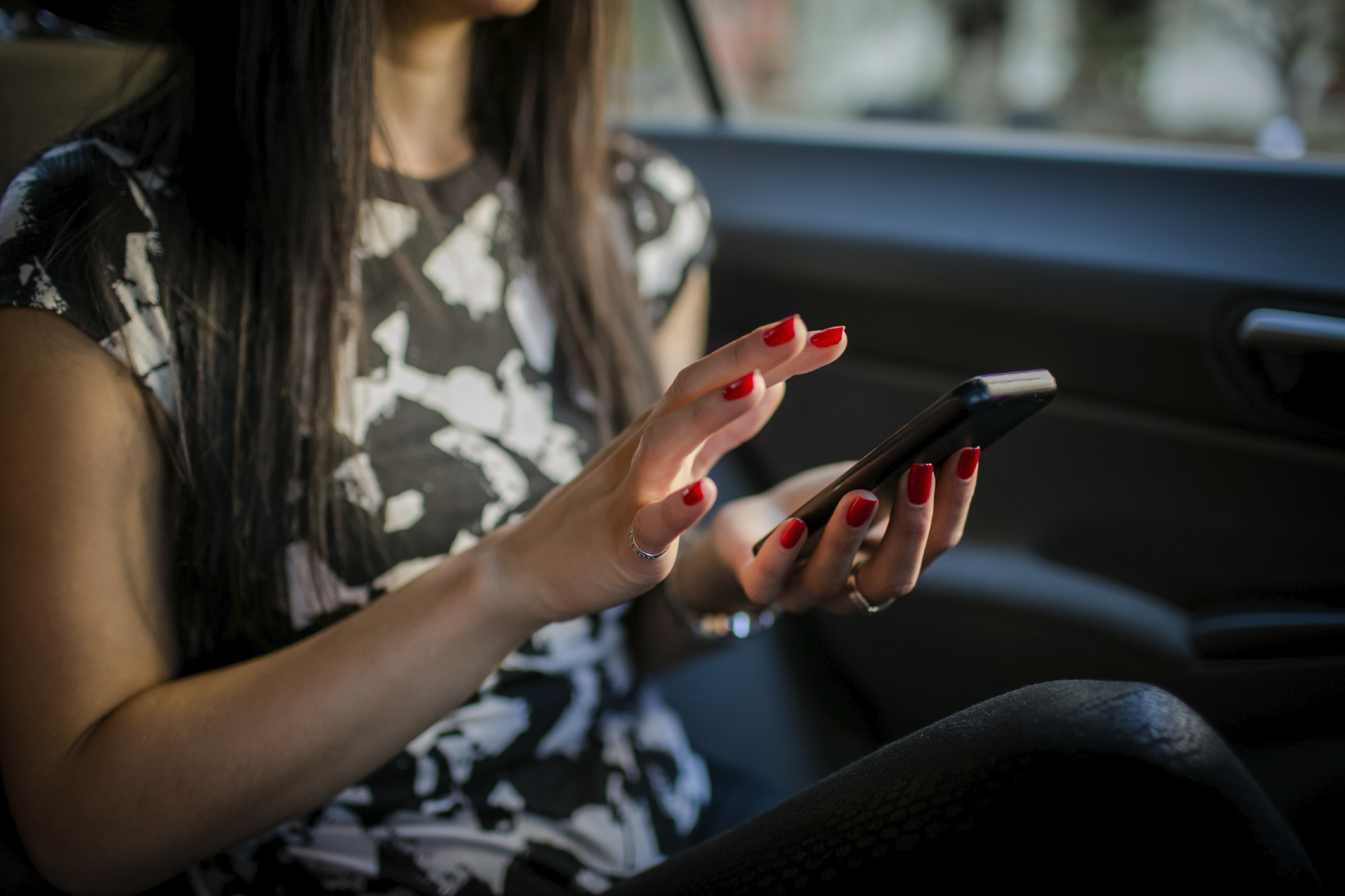Written by Lena Phalen, Research Analyst at Lab’s Research Department
Right Now, We Have a Problem.
These days, consumers are constantly inundated with ads. Trillions of ads are served to US consumers every year. In fact, the average person encounters approximately 1,200 ads per day, according to MAGNA GLOBAL’s estimates. It’s no wonder consumers consider marketing to be out of control. Our standard methods aren’t working – with this amount of volume, people must tune advertising out in order to simply function! This frustration has also resulted in the rise of ad blocking software, which PageFair/Adobe reports about 198 million people worldwide use (43 million in the US alone, according to their 2015 data), compounding issues of ad effectiveness further. The advertising community desperately needs to find better ways of engaging consumers that go beyond the archetypical and ineffective banner ad.
Although technology has amplified issues of ad inundation, it has simultaneously given us tools to better address how to make ad experiences more targeted and enjoyable for consumers. The key is using the tools that we have to improve the effectiveness of ads that are created. For one, we now have the ability to target consumers when they might be in different emotional states, depending on what they are doing or watching – or even to analyze their emotional response to content and creative on a large scale using facial recognition software, such as IPG Media Lab’s AttenTV product. These are powerful, underutilized tools – especially considering that all of the research the IPG Lab has done on the topic suggests that when consumers are in a heightened state of excitement, ads work much harder.
One Solution: Capitalizing on Exciting Content
One way to reach consumers when they are in a happier, more excited state is by pairing ads with content that is proven to do just that. When an earlier Lab study inadvertently revealed that there were significant differences in the perceptions of comparable news sites, we developed a new study to delve further into its effects. From this following research, we found that certain news sites that were more trusted and improved consumers’ emotional well-being in comparison to similar sites resulted in a substantial halo effect for ads on the site. All of the Lab’s studies are scientifically curated to control for demographic and other outside differences, so we were looking at the same ads on each different news site and comparing accordingly. As consumers reported greater amounts of positive feelings, including overall happiness, intrigue, and energy while reading content from the site, as compared to the other similar sites, the ads that were served next to the content also worked harder. They resulted in significantly higher brand metrics, including a 3% higher brand favorability and an impressive 11% higher purchase intent. Even with basic messaging, these ads were more effective.
We also have another study in the works partnering with ZEFR, a company with the ability to identify and target context in video, to investigate the effects of more diverse emotions. Early results are encouraging, indicating that emotional congruency (i.e. matching the tone of ad creatives with content placement) delivers similar benefits to ad effectiveness and improves ad experiences.
Another Solution: Capitalizing on Exciting Situations
We can also easily predict when excitement will rise based on a given situation occurring in different locations, and gear advertising to capitalize on the event. For instance, the Super Bowl. Naturally, consumers will have strong opinions about who they want to win, so we wondered what would happen if a brand aligned with the rooting interest of an audience. The Lab spent some time researching ads that rooted for the two participating teams across the country, and found that these “rooting ads” work far better than standard ads, since nearly everyone was rooting for an outcome and felt passionately. This passion and excitement translated to favorable brand opinions – enough to also significantly move consumers’ purchase intent by 6% compared to standard ads. We even found that the more passion for a team/outcome, the more likely people are to want to purchase the brand.

Another opportunity to utilize exciting occasions has emerged from the mobile app/gaming realm. It is intuitive that during moments of achievement (i.e. reaching a goal, winning something, etc.), consumers are more excited (40% more, according to our research with Kiip), than at other points in the game or app. But, an innovative way of capitalizing on this emotion is to pair advertising with rewards given to consumers after they unlock an achievement, which Kiip has already built a successful ad model around. These rewards have a purpose – consumers can actually use them, and they congratulate consumers when happiness, attention, and engagement levels are at their highest. They were so effective, we noticed a 133% higher purchase intent across the board.

So What Can We Do?
Well, for one: target situations and content that we already know will illicit passion, energy, and excitement from consumers. Whether or not the content is generating the excitement or the current outside situation, it seems that its effects on advertising are quite positive. The same ads will work harder in these situations than if positioned in less stimulating environments.
The data on what kinds of content makes consumers happier and more engaged is out there, whether it be certain news channels, games, or videos. However, we would have to look through the research to find better ad placements based on these emotional criteria. Sometimes finding exciting content is intuitive (with gaming, apps, etc.), but it is harder to predict exactly which news site or news content will raise happiness and engagement levels when compared to others. Just the same, not every brand or brand message needs be happy to emotionally engage audiences. Exciting content and exciting situations are about forming a connection with your audience and eliciting a response—cutting through the ad clutter to distinguish your brand.
This calls for a better database of information that connects research to practice. There is also certainly a great deal of work left to do on this topic, with many more situations left to investigate. The Lab is already looking into some of them, such as video advertising based on emotion. We have the technology: we now need to capitalize on it. It is technology like this, which helps make ads relatable and excitable to consumers, that is the future of next-gen advertising.
